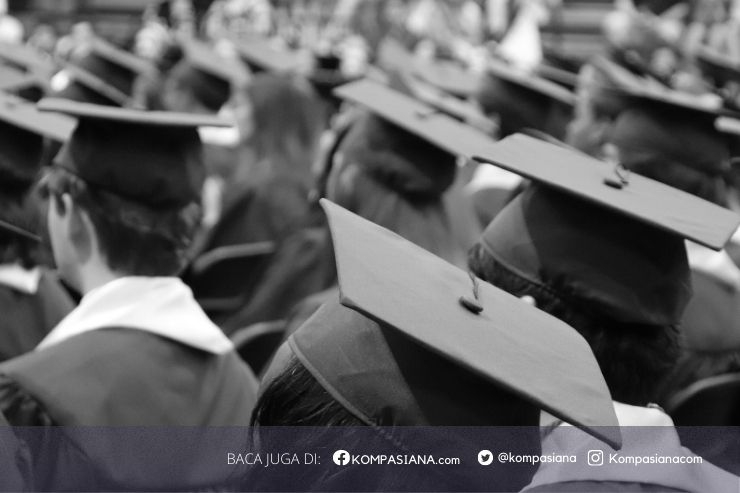According to data from the Ministry of Primary and Secondary Education as of September 9, 2025, West Java has 84,289 active educational institutions. This number consists of 20,771 public institutions and 63,518 private institutions---a very large figure indeed. The question is, are all these schools capable of managing their resources effectively? As a starting point, let us first become familiar with the term educational management.
The management of resources education is one of the key aspects to ensure that educational goals are achieved effectively and efficiently. Etymologically, management refers to the efficient and effective use of resources. In the educational context, resources include all factors that can be utilized by administrators to support the learning process so that educational goals are well attained.
There are several main elements in the management of educational resources, commonly referred to as the 6M: man (human resources), methods (teaching methods), materials (facilities and infrastructure), money (funding), machines (learning tools), and market (demand or societal context). These six elements must be managed in a balanced way in order to sustain the continuity of the educational process.
The main purpose of managing educational resources, as stated by Michael E. Porter in his book Competitive Advantage: Creating and Sustaining Superior Performance, is to create competitive advantage. Educational institutions are required not only to carry out routine functions but also to deliver added value that distinguishes them from other institutions, enabling them to compete in an increasingly complex educational environment.
In practice, the management of educational resources must be based on certain principles. Henry Fayol introduced 14 principles of management that can serve as guidelines, including division of work, authority and responsibility, discipline, unity of command, unity of direction, subordination of individual interest to general interest, fair remuneration, centralization, scalar chain, order, equity, stability of tenure, initiative, and esprit de corps. When applied in Islamic education, these principles help create a conducive, structured, and goal-oriented learning environment.
Furthermore, James A.F. Stoner emphasized the well-known management functions summarized in POLC: Planning, Organizing, Leading, and Controlling. From an Islamic perspective, these functions align with the values of shari'ah that emphasize order and discipline, as reinforced in the Qur'an (Surah Ash-Shaff [61]: 4), which states that Allah loves those who strive in His cause in ranks as though they are a solid structure. This verse can be understood as a metaphor that educational management, too, must be systematic, disciplined, and collective in orientation.
The effectiveness of resource utilization in education can be measured using various methods, one of which is Data Envelopment Analysis (DEA). This method seeks to maximize efficiency by comparing inputs and outputs, thereby ensuring that resource management focuses not only on the availability of resources but also on the outcomes achieved.
The scope of educational resource management is broad. It does not only cover human resources management, but also includes the management of institutional organization, curriculum and instruction, facilities and infrastructure, financing, technology and information systems, marketing, and school-community relations. This illustrates that the management is comprehensive and interconnected.
In conclusion, the management of educational resources is a system that integrates various elements, principles, and functions into a unified whole. Its ultimate goal is to achieve education that is effective, efficient, and competitive. Through the application of sound management principles and measurable evaluation, education institution is expected to produce an excellent generation---one that is not only intellectually competent but also morally virtuous.
Follow Instagram @kompasianacom juga Tiktok @kompasiana biar nggak ketinggalan event seru komunitas dan tips dapat cuan dari Kompasiana. Baca juga cerita inspiratif langsung dari smartphone kamu dengan bergabung di WhatsApp Channel Kompasiana di SINI







